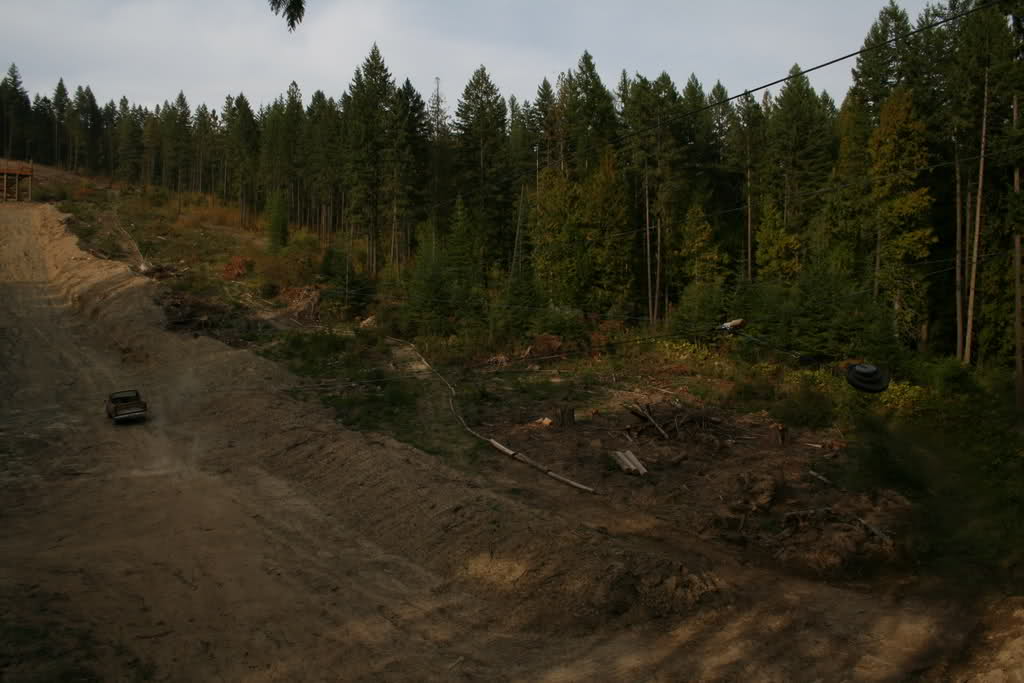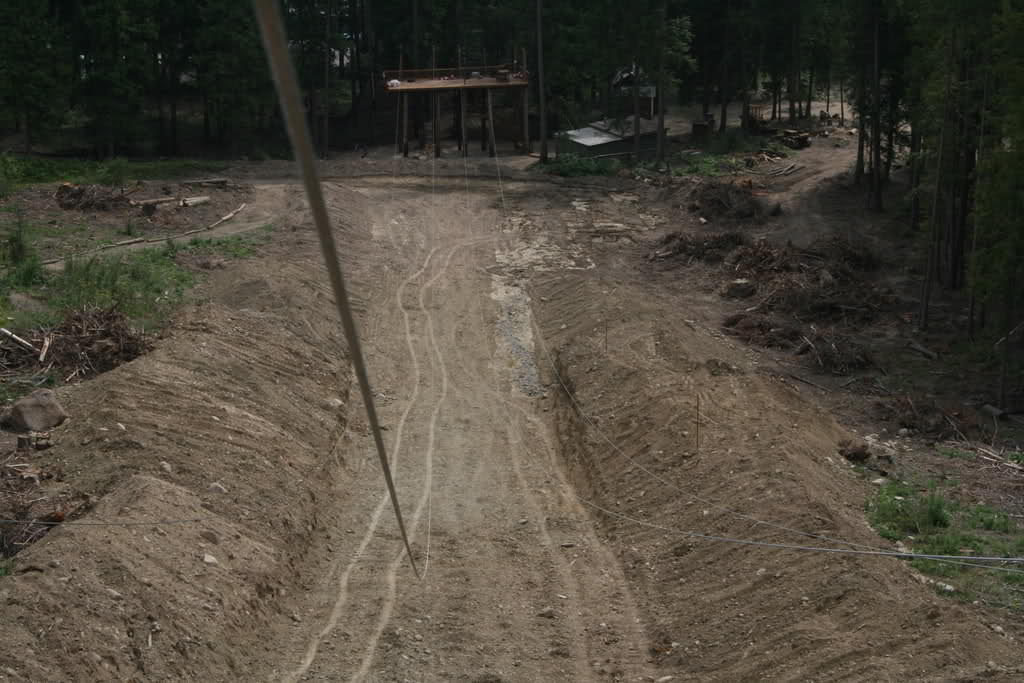Better late than never.
The RIPline: An Oral History
The RIPline: An Oral History
https://twitter.com/FoldableHuman/status/1018020010415943680
This one is a bit harder to re-assemble accurately as the original poster went back and edited all their posts once they realized just how boned they were.
But the story of it is dude creates a new post asking for advice. "Hey, I work at a summer camp and my bosses gave me a huge pile of money to make something new and fun, so we went ahead and built this zipline, but it seems to be a bit fast, what can we do?" 





They had a lot of construction expertise on the team, the whole ($30,000, IIRC) thing is very solidly built, but they had no engineering experience and did zero math until after it was done.
So it turns out that this extremely long, incredibly high zipline has a 19° angle of incline, a 143 foot vertical drop, and reaches an end speed of 55 to 65 miles per hour.
Declined solutions include:
• Bungee cord (a long enough bungee is too expensive, and risk of failure too high)
• Padding (nothing practical you can hit at 65 mph that won't injure/kill you)
• On-harness braking systems (can't rely on 10 year olds to brake + failure point)
• Bungee cord (a long enough bungee is too expensive, and risk of failure too high)
• Padding (nothing practical you can hit at 65 mph that won't injure/kill you)
• On-harness braking systems (can't rely on 10 year olds to brake + failure point)
• Off-harness braking system like a counterweight (too complex + failure point)
• Passive braking like dragging a rock or something along the ground (uh...)
• Passive resistance from a giant fan (won't do anything, and now you're hurtling at 55mph towards spinning blades)
• Passive braking like dragging a rock or something along the ground (uh...)
• Passive resistance from a giant fan (won't do anything, and now you're hurtling at 55mph towards spinning blades)
• Put a lot of slack in the line so riders hit a nadir and slow as they reach the receiving platform.
Well, let's go back to that height issue. Because they didn't want to risk any kid ever coming close to the ground the nadir of the line as-is is almost 40 feet off the ground.
Well, let's go back to that height issue. Because they didn't want to risk any kid ever coming close to the ground the nadir of the line as-is is almost 40 feet off the ground.
So you could put a lot of slack in the line and it would still be 20+ feet of the ground. Which is a problem if you need to make sure that 70 pound kids make it to the end while 200 pound teenagers don't smack into the platform still going 30+ MPH.
If the light kids slow too much they might not even make it to the platform, and are now suspended 20 feet off the ground in the middle of a gulch.
So getting the slack to be just-right is almost impossible because you're not just trying to bleed a couple feet per second of velocity to smooth out the landing, you're trying to drop from highway speeds down to a light sprint.
So this raises the question: just how far off of target were they? How much taller was the tower than it ought to have been?
About 19x.
About 19x.

The reception of this RIPline, the Machine To Kill Children, is of course only enhanced by the mass-grave aesthetic of the wide gulch they bulldozed between the two towers.
This one just kinda peters out, like I said the OP went back and edited all his posts to just say "never mind" after he realized how screwed he was, but shortly before that he left us this gem: 

Visual aides, if you so desire.
https://twitter.com/itsSupercar/status/1018985312763039744
• • •
Missing some Tweet in this thread? You can try to
force a refresh




